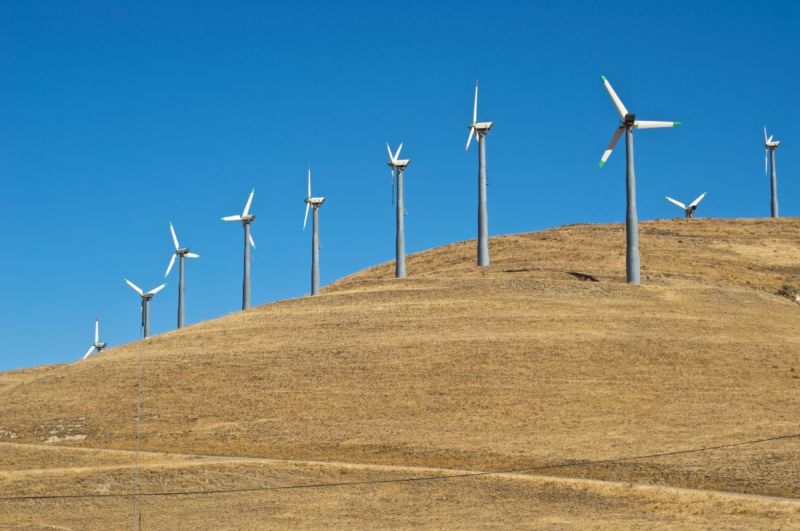Pricing electricity by demand hits poor, elderly, disabled harder

Enlarge / Matching electricity supply with demand can become more challenging with high levels of renewable energy. (credit: Lawrence Berkeley Lab)
The rapidly increasing amount of intermittent power sources on the electrical grid raise questions about how best to make sure a variable supply gets power to consumers when they need it. One idea that has been suggested is what's called "demand-response pricing"-charging more for electricity when demand is high in order to shift some of it to other times. If people or companies are made aware of the high price, they can choose to forgo power-intensive activities. Or, with smart appliances, even set them to automatically avoid high price periods.
In theory, if enough people turn down their air conditioners or postpone their laundry, demand can drop enough so that a variable supply can meet it.
Right now, our grid isn't set up for variable pricing; consumers pay a flat rate regardless of how plentiful or scarce the electrons are. But there are plans to make it a regular feature in some areas and a few test cases of variable pricing. Researchers who tracked one of the tests found what may be a significant problem: the most vulnerable populations, like the elderly and poor, tended to end up paying more and having increased health problems.
Read 11 remaining paragraphs | Comments